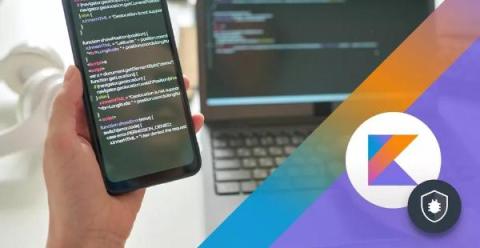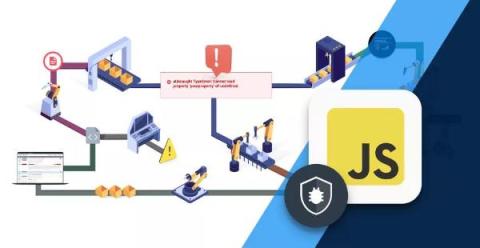Integrating Realm Swift into Your iOS Projects: A Comprehensive Guide
If you’re building for mobile apps, you need Realm in your life. It’s specifically designed for mobile devs and even though it’s available on multiple platforms, it’s typically used to develop iOS apps, using Swift. Built on top of SQLite Realm Swift is a very high-level abstraction layer that simplifies database operations for the developer. Today we’re going to unpack it, with a guide that drills so far down into the subject, it’s practically in Australia.









